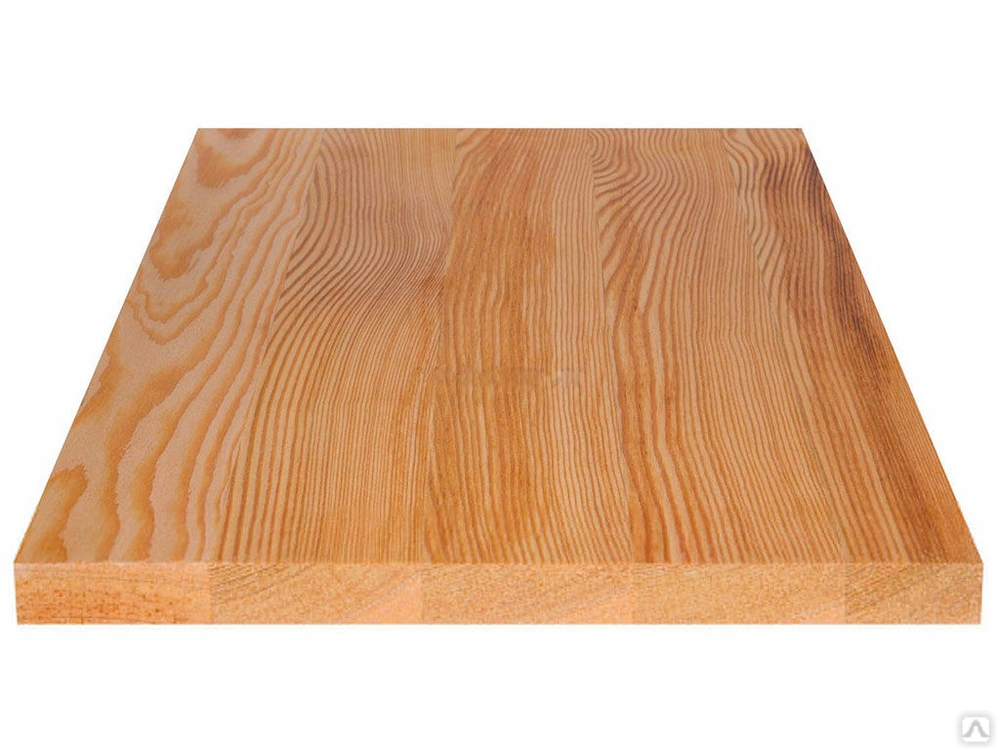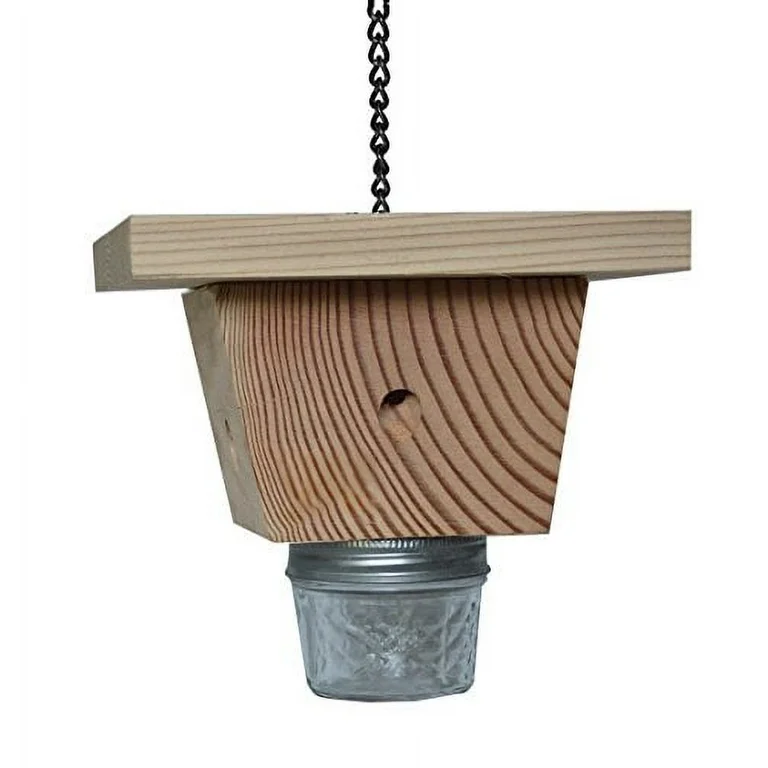Carpenter bees are notorious for boring holes into wood, causing structural damage to homes, decks, and other wooden structures. One common method for preventing this damage is the use of pressure treated wood. But how effective is pressure treated wood against carpenter bees? In this article, we’ll explore the relationship between pressure treated wood and carpenter bees, how pressure treated wood is made, its benefits and drawbacks, and whether it truly provides a solution to carpenter bee infestations.
Understanding Pressure Treated Wood
What is Pressure Treated Wood?

Pressure treated wood is lumber that has been infused with chemical preservatives to protect it from decay, insects, and other environmental damage. The treatment process involves placing the wood in a pressure chamber where preservatives are forced deep into the wood fibers. This process not only extends the wood’s lifespan but also makes it more resistant to pests like termites and fungi.
Common Chemicals Used
- Alkaline Copper Quaternary (ACQ)
- Copper Azole (CA)
- Micronized Copper Azole (MCA)
- Chromated Copper Arsenate (CCA) (less common due to health concerns)
These chemicals provide long-term protection by making the wood unappealing and toxic to insects and resistant to fungal growth.
Carpenter Bees and Their Behavior
Nesting Habits
Carpenter bees are solitary insects that bore into wood to create nests. They prefer untreated, weathered, or softwood for their nesting sites. The females excavate tunnels to lay their eggs, while males guard the entrance. This behavior can result in significant damage over time, especially in untreated wooden structures.
The Effectiveness of Pressure Treated Wood
Resistance to Carpenter Bees
- Deterrence: The chemicals in pressure treated wood can deter carpenter bees from boring into it. The unpleasant taste and potential toxicity make it less attractive compared to untreated wood.
- Hardness: Pressure treated wood is often denser and harder than untreated wood, making it physically more challenging for carpenter bees to excavate.
Factors Influencing Effectiveness
- Age of Wood: Older, weathered pressure treated wood may lose some of its protective qualities, making it more susceptible to carpenter bees.
- Type of Treatment: The specific chemicals used in the treatment process can influence the wood’s effectiveness against carpenter bees. Some treatments may be more repellent than others.
- Environmental Exposure: Prolonged exposure to harsh weather conditions can degrade the preservatives, reducing the wood’s resistance to pests.
Advantages and Disadvantages of Pressure Treated Wood
Advantages
- Longevity: Pressure treated wood lasts longer than untreated wood, making it a cost-effective choice for outdoor projects.
- Pest Resistance: The chemicals used in the treatment process provide broad-spectrum protection against various pests, including termites and fungi.
- Versatility: Available in various sizes and types, pressure treated wood is suitable for a wide range of construction projects.
Disadvantages
- Chemical Exposure: The chemicals used in pressure treated wood can be harmful to humans and animals if not handled properly. It’s essential to use protective gear when cutting or drilling.
- Environmental Concerns: Disposal of pressure treated wood can be problematic due to the toxic chemicals it contains. Special disposal methods are required.
- Aesthetic Appeal: The appearance of pressure treated wood may not be as visually appealing as untreated or naturally resistant woods like cedar or redwood.
Alternative Methods for Protecting Wood from Carpenter Bees
Natural Wood Treatments
- Paints and Varnishes: Applying paint or varnish to wooden surfaces can deter carpenter bees by creating a barrier and making the wood less attractive for nesting.
- Oils and Stains: Natural oils and stains can also provide some level of protection by penetrating the wood and making it less appealing to bees.
Mechanical Barriers
- Wire Mesh: Installing wire mesh over susceptible wooden surfaces can physically prevent carpenter bees from accessing the wood.
- Plastic or Metal Flashing: Using plastic or metal flashing around wooden posts and beams can provide an additional layer of protection.
Carpenter Bee Traps
Setting up carpenter bee traps near infested areas can help reduce the population and prevent further damage. These traps lure bees into a container from which they cannot escape.
Preventive Measures
- Regular Inspections: Regularly inspect wooden structures for signs of carpenter bee activity and address any infestations promptly.
- Wood Maintenance: Keep wooden surfaces well-maintained with regular treatments of paint, varnish, or stain to create a protective barrier.
- Use of Hardwoods: Consider using naturally resistant hardwoods like oak, cedar, or redwood for outdoor projects, as these woods are less attractive to carpenter bees.
Conclusion
Pressure treated wood can be an effective deterrent against carpenter bees, thanks to its chemical preservatives and increased hardness. However, it’s not a foolproof solution and should be part of a comprehensive approach to preventing carpenter bee infestations. Combining pressure treated wood with regular maintenance, natural treatments, and preventive measures can help protect your wooden structures from the damaging effects of carpenter bees.
FAQs
1. How long does pressure treated wood last? Pressure treated wood can last up to 20 years or more, depending on environmental conditions and maintenance.
2. Can carpenter bees bore into pressure treated wood? While pressure treated wood is more resistant to carpenter bees, it is not entirely immune. Carpenter bees may still attempt to bore into it, especially if the wood is older or weathered.
3. Is pressure treated wood safe for indoor use? Yes, but it is typically used for outdoor projects due to its chemical treatment. Ensure proper ventilation if used indoors.
4. How should I dispose of pressure treated wood? Pressure treated wood should be disposed of according to local regulations, often requiring special handling due to the chemicals it contains.
5. What are some natural alternatives to pressure treated wood for carpenter bee prevention? Natural alternatives include using hardwoods like cedar or redwood, applying paints or varnishes, and maintaining wooden surfaces with natural oils and stains.




